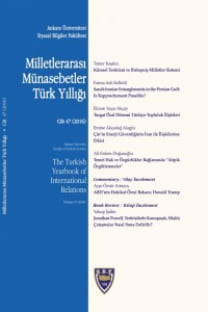The European Monetary System
The European Monetary System has to be seen in theframework of European integration and of the European Economic Community. Applying a legal approach to the subject,it therdore suggests itself to start with loaking for provisionshaving an impact on European monetary matters in the Treatyof Rame.ı The authors of this Treaty, however, did not paymuch attentian to monetary problems. The faw provisions ofthe Treaty, which refer to monetary questions, are for fromestablishing a full - fledged monetary system among the memberstates (Arts. 67-73 and 104-109). Also the estacblishment ofa European Monetary System is not mentioned among theprinciples of the Community.2 What can be derived from theprovisions of the Treatf of Rame has been called a monetary code of conduct in embryo.3 The chapters on the transferof capital and on the balance of payınents contain the relevantnorms (Arts. 67-73 and 104-109). These differ much as topreciseness and intensity of the obligations of states parties.Thus states f,i. must admit free currant payments (Art. 1013par. 1), where as their obligations relating to free capitaltransfer are far vaguer. Free capital transfer is only requiredto "the extent necessary for the good functioning of the CommanMarket" (Art. 67 par. 1). The Treaty does not contain normson the two basic components inherent in any international monetary system: exchangı: rates and mechanisms of cooperation.
The European Monetary System
The European Monetary System has to be seen in theframework of European integration and of the European Economic Community. Applying a legal approach to the subject,it therdore suggests itself to start with loaking for provisionshaving an impact on European monetary matters in the Treatyof Rame.ı The authors of this Treaty, however, did not paymuch attentian to monetary problems. The faw provisions ofthe Treaty, which refer to monetary questions, are for fromestablishing a full - fledged monetary system among the memberstates (Arts. 67-73 and 104-109). Also the estacblishment ofa European Monetary System is not mentioned among theprinciples of the Community.2 What can be derived from theprovisions of the Treatf of Rame has been called a monetary code of conduct in embryo.3 The chapters on the transferof capital and on the balance of payınents contain the relevantnorms (Arts. 67-73 and 104-109). These differ much as topreciseness and intensity of the obligations of states parties.Thus states f,i. must admit free currant payments (Art. 1013par. 1), where as their obligations relating to free capitaltransfer are far vaguer. Free capital transfer is only requiredto "the extent necessary for the good functioning of the CommanMarket" (Art. 67 par. 1). The Treaty does not contain normson the two basic components inherent in any international monetary system: exchangı: rates and mechanisms of cooperation.
